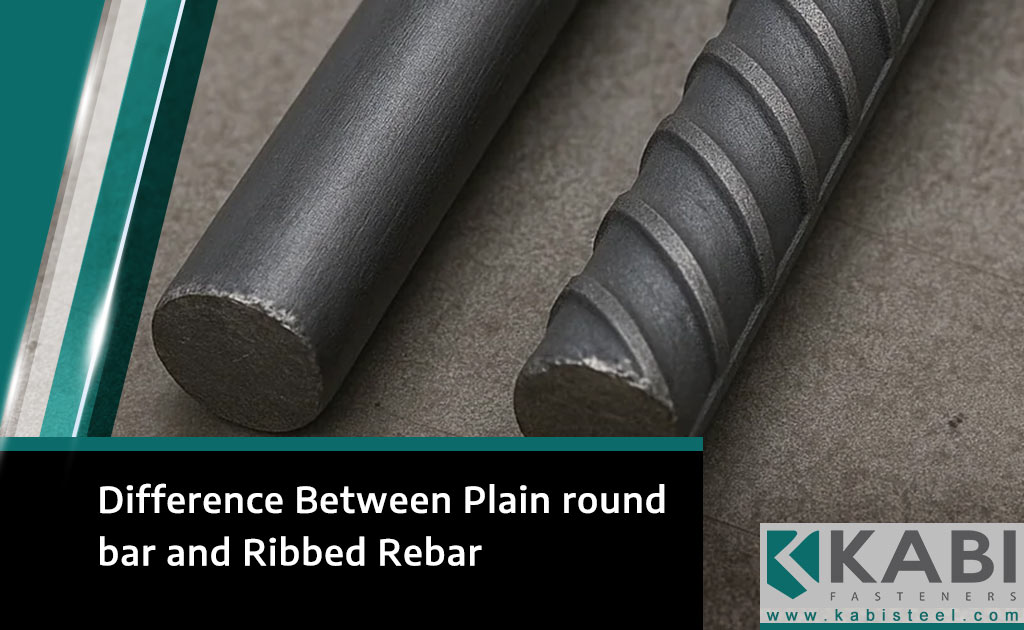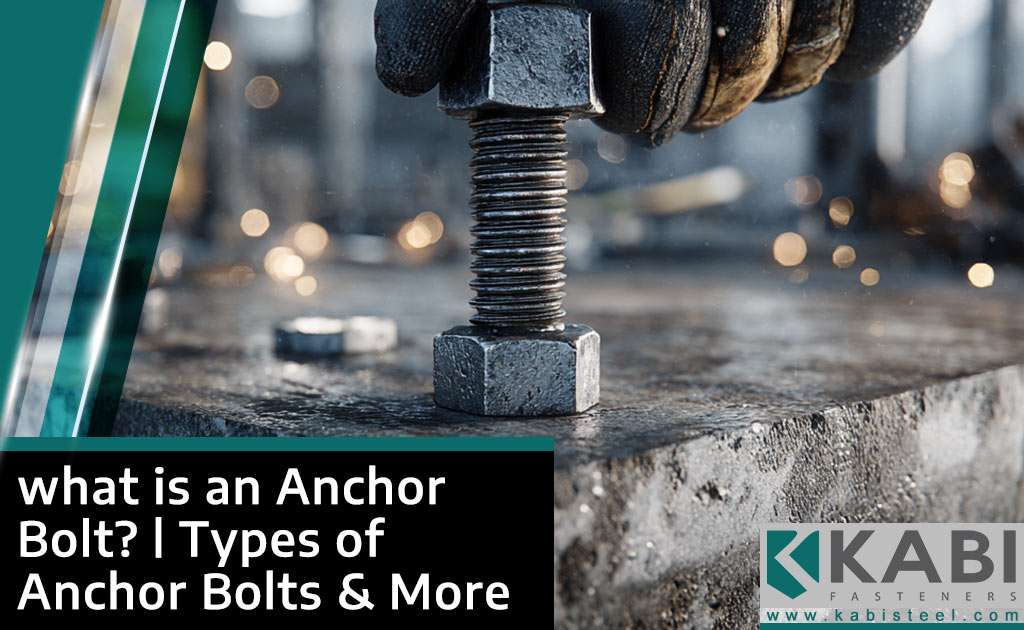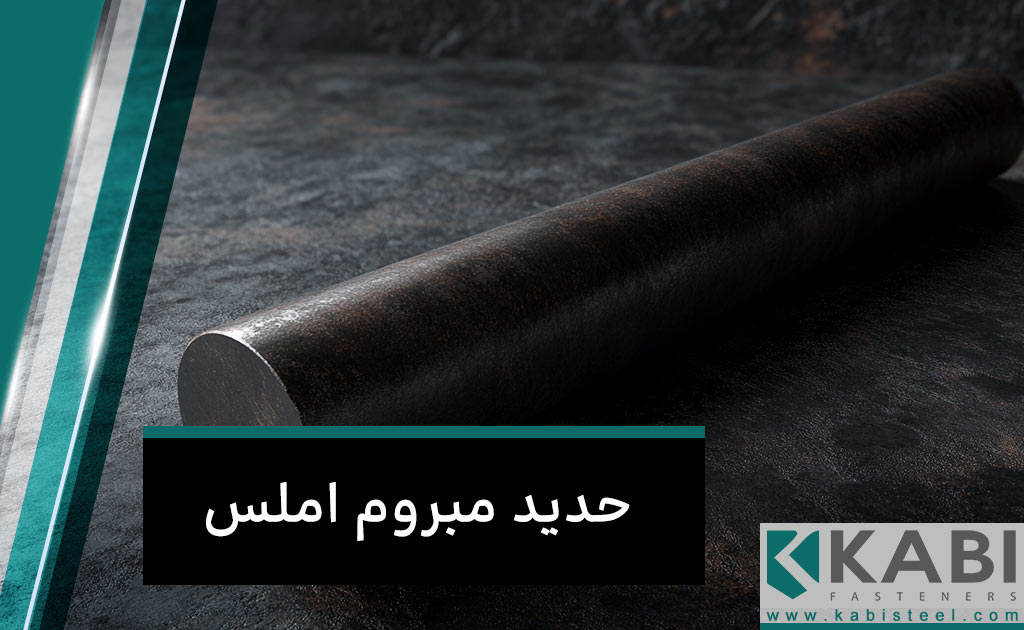
- +98 939-202-0264
- pr@kabisteel.com





Anchor bolts are an essential component in steel construction, serving as the literal anchors that keep structures firmly in place. While they may appear inconspicuous, their role in ensuring the stability and safety of steel buildings cannot be understated. In this article, we will delve into the importance of anchor bolts in steel construction, their various types, installation methods, and best practices to guarantee a stable and secure building.
Preventing Uplift and Shear Forces: Anchor bolts are primarily responsible for resisting uplift and shear forces, which can threaten the stability of a steel structure. These forces can result from wind, seismic activity, or any other external pressure. Properly installed anchor bolts prevent the building from shifting or toppling over in adverse conditions.
Transferring Loads: Anchor bolts also play a crucial role in transferring loads from the steel structure to the foundation. They distribute the weight of the building evenly, ensuring that no single point bears an excessive burden.
Cast-in-Place Anchor Bolts: These anchor bolts are embedded into the concrete foundation during the pouring process. They are commonly used in new construction projects, providing a strong connection between the steel structure and the foundation.
Post-Installed Anchor Bolts: Post-installed anchor bolts are added to existing concrete foundations. They are ideal for retrofitting or repairing steel structures. The installation process involves drilling into the concrete and securing the anchor bolts with epoxy or mechanical anchors.
Proper Embedment Depth: The depth at which anchor bolts are embedded in the concrete is critical. It ensures that they can effectively resist the forces they will encounter. Design specifications and calculations should be followed to determine the appropriate embedment depth.
Alignment and Spacing: Anchor bolts must be precisely aligned with the steel structure’s anchor plates or base plates. Proper spacing and alignment are essential to distribute loads evenly and prevent structural issues.
Torque Control: During installation, maintaining proper torque is crucial to ensure that the anchor bolts are secure. Over-tightening or under-tightening can compromise their performance.
Compliance with Building Codes: Always adhere to local building codes and industry standards when selecting, installing, and inspecting anchor bolts. These regulations are in place to guarantee the safety and stability of steel structures.
Regular Inspection and Maintenance: Steel structures and their anchor bolts should be inspected periodically to identify any signs of wear, corrosion, or damage. Timely maintenance can prevent potential issues.
Consult with Experts: For complex or high-stakes projects, it’s advisable to consult with structural engineers and construction professionals who specialize in steel buildings. Their expertise can help ensure the correct selection and installation of anchor bolts.
